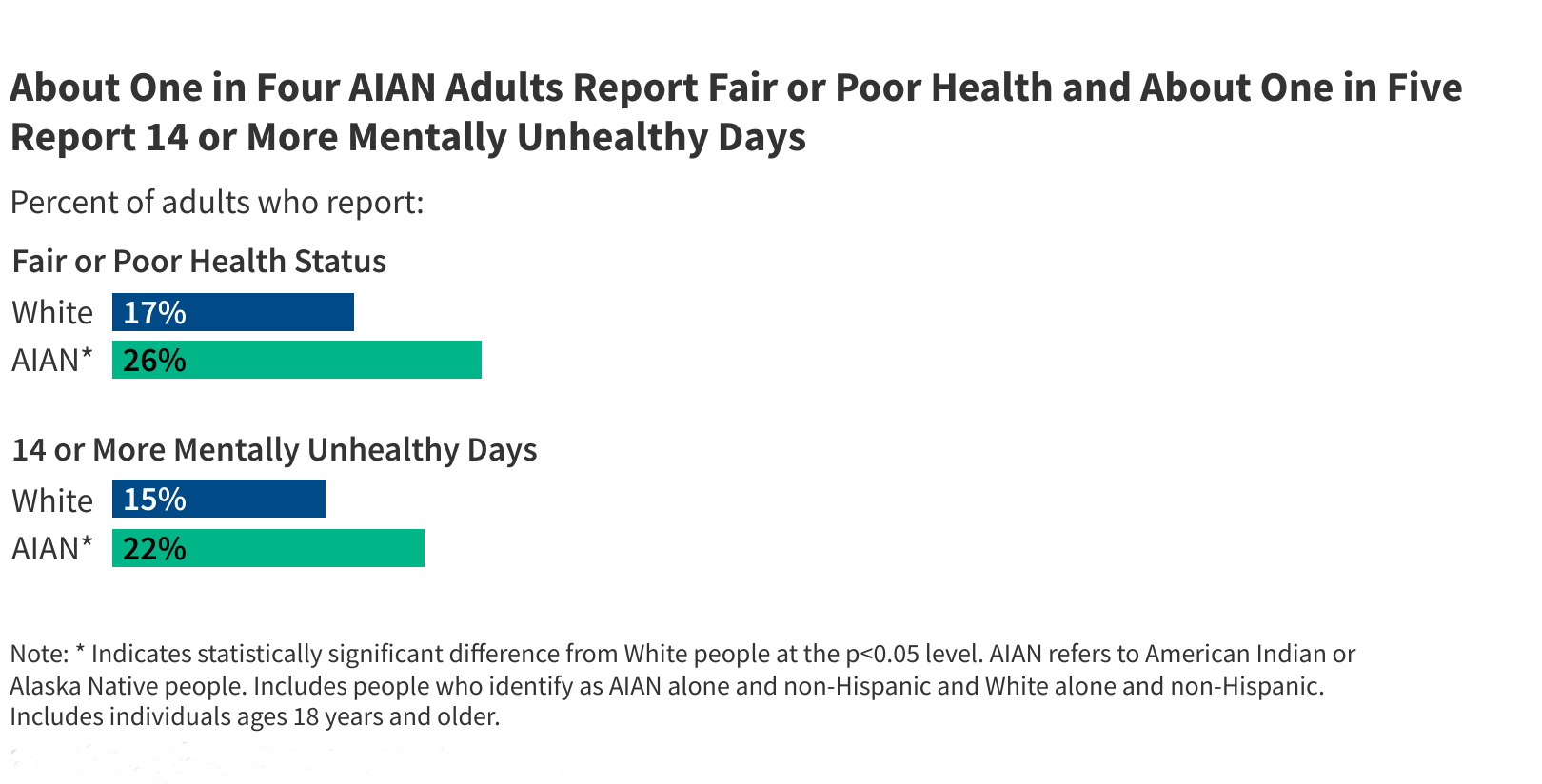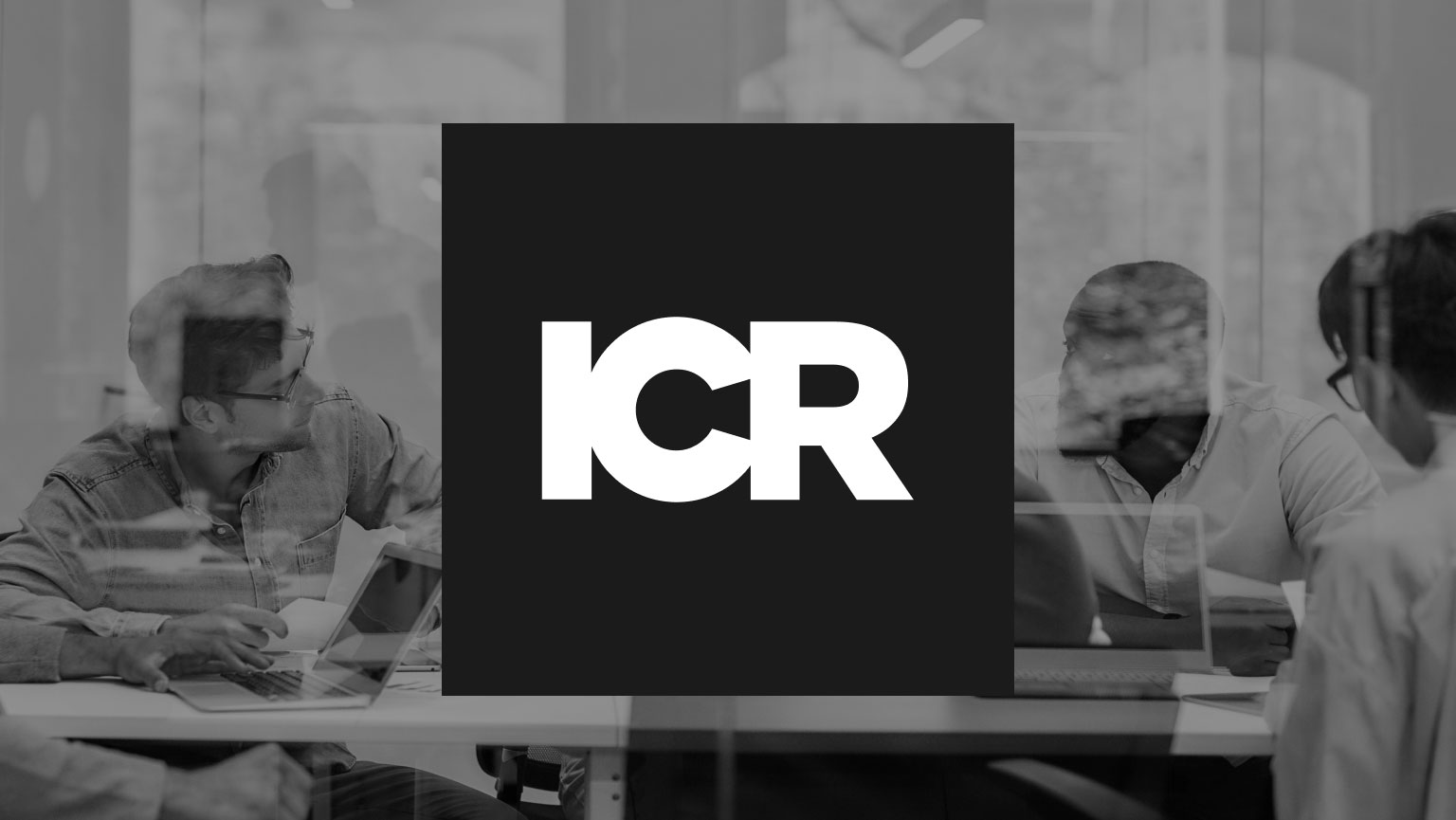Happy New Year! What better time for setting financial wellness goals and resolutions? Here is a great list of potential financial goals and resolutions for 2025: 28 things to consider to set yourself up for a secure and happy future.
1. Take a Minute to Identify the Financial Good and Bad of 2024
It is a best practice for most endeavors to identify the strengths and weaknesses of performance. Your financial life is no different. So, what did you do well financially last year? Where are the areas you could improve?
If you haven’t done so already, consider making notes for yourself in the Boldin Retirement Planner for 2025 about aspects you want to improve financially compared to last year.
- You can find this section by heading to My Plan > Profile and Goals > Notes.
2. Establish Financial Goals for 2025 and Ever After
So. What do you plan to earn, spend and save this year? What other financial goals do you have? Do you have debt? Should you work on paying that down? Can you do a better job with investments or insurance? Have an idea for a side gig to bring in some extra money? What are you going to do about the prospect of interest rates coming down and the possibility of higher stock market returns?
What about the amount of time you spend tracking and managing your finances? Can you set a goal of working on your finances an hour every week or month?
3. Are Goals too Much? Establish a New Micro Financial Habit
Big things are generally accomplished by starting very small. You may want to start the year with a new micro financial habit. A micro habit is a small and easy-to-adopt routine that can have a big impact on your emotional, physical, and financial wellness. A micro habit doesn’t have to take a lot of time, but the effort tends to snowball into really positive outcomes.
4. Anticipate and Prepare for Life’s Events
Do you anticipate any significant life events for you and/or your spouse in the upcoming year? This may include:
- A relocation to another state or even outside of the U.S.
- A job or career change, or perhaps moving to part-time or consulting work on your own terms
- A full stop of working, and deciding how you’re going to spend your time in retirement
In your Plan, you can model all three of these scenarios to assess how these life events will influence the overall success of your long-term financial planning.
5. Determine if a Milestone Age will be Reached
Certain ages play a crucial role in financial planning opportunities, but staying on top of these significant milestones can be a bit of a chore.
You can take advantage of the Boldin Retirement Planner Insights feature where you will find the Milestones unique to your specific financial plan.
Is this the year where you will be turning your Full Retirement Age (FRA) and want to begin taking your Social Security benefits? Or perhaps you are turning 65 and you are now going to be eligible for Medicare.
Staying on top of your financial age milestones allows you to better plan ahead and set yourself up for a successful financial future.
6. Optimize Your Finances for Lower Lifetime Taxes
We are not about to try to give you tax advice here, but effective tax planning is important every year, all year round.
In the first quarter of 2025, you will want to gather tax forms and arrange other documents in readiness for filing your income tax returns for the previous year. A tax organizer can be useful in gathering all the information necessary for filing Form 1040 and any state returns.
It’s also always a good time to start thinking about ways to reduce your income tax for the years ahead. The ever updating tax planning functionality in the Boldin Retirement Planner makes this task easier!
7. If Eligible, Consider Opening an HSA
A Health Savings Account (HSA) is an account that gives you triple tax benefits – tax deductible contributions, tax-deferred growth and tax-free withdrawals when you use the money to pay for qualified medical expenses. If you are eligible (you have to have a high deductible health insurance plan), it can be an excellent place to stash your money.
Learn more about why an HSA is a great retirement savings option.
NOTE: For 2025, individuals under a high deductible health plan (HDHP) have an HSA contribution limit of $4,300. The limit for family coverage is $8,550. If you are 55 or older, you can contribute an additional $1,000.
8. Does Your FSA Have a Grace Period? Make Use of these Funds Before You Lose Them
You may have a Flexible Spending Account (FSA) if you’re still working.
An FSA is similar to an HSA in that it’s also a health savings account where your contributions are made on a pre-tax basis. You can also use the funds in the account to cover qualified medical and dental expenses on a tax-free basis.
The key difference between an FSA and an HSA is that the FSA is “use it or lose it.” This means that money contributed to the FSA must be spent in that year or it will be lost. However, there can be an exception to this rule.
Check with your employer to see if there is a grace period for your FSA funds. If you have funds left in your FSA from the previous year, you may still have some time to make use of those funds. The IRS allows employers to permit a grace period of up to 2 ½ months. For example, if your FSA’s plan year runs from January 1, 2024 through December 31, 2024, then the maximum allowed grace period would allow you to incur FSA eligible expenses through March 15, 2025 for your 2024 plan year.
9. Evaluate Your Current Insurance Coverage
Insurance is a significant expense. And, it is important to get it right.
Your Home and Other Assets: Review all of the policies covering your home and car and any other assets. Home insurance is getting trickier in many locales, so be careful to find coverage before canceling anything.
Life Insurance: Your need for life insurance in retirement depends on a number of factors. Explore 7 instances when it is a good idea to have a policy.
Dental and Vision: Make sure you know how you’ll cover these expenses in 2025 and ever more.
Early Retirement Health Insurance: If you are retiring before age 65, make sure you can find affordable medical coverage to bridge you to Medicare eligibility. Explore 9 ways to cover your health costs for an early retirement.
Medicare: The open enrollment period, when you can change your coverage, has passed. If you will be signing up this year, consider your options carefully.
Long Term Care: You may also want to look at ways to fund long-term care costs. Long-term care is not covered by Medicare or Medicare supplemental insurance. Use the Boldin Retirement Planner to assess your options.
Lifetime Annuity: Annuities are often considered investments, but they are actually insurance products. A lifetime annuity guarantees your income and can be a good way to make sure you have money if you live longer than you expect.
10. Don’t Guess: Figure Out Exactly What You Need for Retirement (or the Rest of Your Retirement)
Whether you are already retired, or nearing retirement, you need to know exactly how much money you will need to live comfortably for the rest of your life. According to a Merrill Edge Report, 19 percent of mass affluent Americans – U.S. households with investable assets ranging from $50,000 to $250,000 – have no idea how much they will need. And the guesstimates are wide-ranging:
- 9 percent think they will need more than $2 million
- 14 percent believe they will need $1 million to $2 million
- 24 percent say $500,000 to $1 million
- 23 percent say $100,000 to $500,000
- 9 percent say $0 to $100,000
- And 19 percent say they just don’t know
So, how do you figure it out? You have options. You can find a high-quality financial advisor or use a respected online calculator — just beware of simple tools.
While planning does not need to be scary, it can be complicated. The Boldin Retirement Planner makes reliable and personalized planning easy.
11. Think You Already Know What You Need? Check Again. Things Change!
Creating a retirement plan is not something you do once and then never revisit. Experts recommend that updating all aspects of your plan be part of your yearly retirement checklist — doing this quarterly is even better. Lots of things change and evolve. Your plan needs to stay current with these developments. For example:
- Investments might not have performed as you projected. And, you need to update savings balances.
- Your home’s value may have increased.
- Has your income changed? It is great to update this income stream.
- The inflation rate changed.
- Perhaps your children moved back home.
- And much more…
Just make sure your retirement plan reflects your current situation and your best guesses about what will happen in the future.
12. Be Prepared to Take Your Required Minimum Distributions
Don’t overlook this important yearly retirement checklist task! In most years, if you are older than 72 (73 if you reach age 72 after Dec. 31, 2022), you are required to withdraw from your retirement accounts before the end of the year or else you will owe hefty penalties.
(NOTE: The Boldin Retirement Planner automatically models your RMDs. Log in to see your current or future distributions.)
Are you worried about the taxes you will pay, here are 6 strategies to help you minimize the costs of these RMD withdrawals — especially if you don’t need to use the money now.
13. Still Working? Max Out Your Retirement Savings
Putting money into a retirement savings plan can have multiple benefits. You can:
- Defer paying taxes on the amount contributed
- Build your retirement savings and compound those savings with future investment earnings
- Boost the value of your savings if your employer makes 401(k) matching contributions
The 2025 contribution limits are:
- $23,500 for 401ks, 403bs, 457s as well as Thrift Savings Plans. And, if you are 50 or older, the catch-up contribution is an additional $7,500. So, you can save a total of $30,500! (However, if you are aged 60-63, you can benefit from the enhanced catch-up contribution limit of $11,250.)
- $7,000 for IRAs. And, the catch-up contribution for people 50 or older is $1,000. So, you can save up to $8,000 with tax advantages.
And, remember that you can max out both kinds of savings vehicles – and don’t forget to consider putting it in a Roth account!
NOTE: If you failed to make an IRA contribution last year, as a general rule, you have until Tax Day (excluding extensions) this year to make a contribution for last year.
14. Boost Your Monthly Savings Rate
Another important thing to do if you are still working is to try to boost your savings rate. You may be anticipating a bump in income this year. While it may be difficult due to inflation, you should definitely consider using that bump to increase how much you save each month.
15. Save, Don’t Spend, Your Annual Bonus
Consider the real pros and cons of getting your annual bonus money into retirement savings.
Thought experiment: Imagine yourself in a year (and five years after that) having splurged and spent your bonus. And, also visualize yourself having saved. Really consider how you will feel in the future, it may help you to save at least some of your bonus.
16. If You Haven’t Already, It is Time to Automate Your Savings
Speaking of monthly savings, if you haven’t automated the retirement savings process, you should do that now.
Saving for retirement takes willpower. However, if you automate your savings, you’ll only need one burst of willpower to start the automatic withdrawals, then you won’t have to think about it. Commit – right now — to automating saving for retirement or for boosting the amount you are already saving.
Don’t think about it, don’t consider how you might use that extra money for any non-retirement activities.
17. Create or Assess Your Investment Plan
Investment plan? Yes! You need an investment plan and if you already have one, you need to assess if it is still adequate to serve your current and future needs. An investment plan defines your strategy for how to invest your money and what to do when certain financial events occur.
Arguably the most important part of your plan is defining your asset allocation strategy — how much of your money is held in different kinds of investments: stocks, funds, bonds, CDs, real estate and more….
Here are some resources for investment planning:
Need help knowing how to invest? You can pay someone a percentage of your assets to manage your money, but these costs really add up. You could instead consider a fee-only advisor. For a fixed-fee, a CERTIFIED FINANCIAL PLANNER professional can help you devise a simple and effective asset allocation plan that is easy for you to implement and manage yourself. Boldin Advisors are a low-cost option that uses the power of technology to deliver better advice.
- FREE Discovery Session: Interested in learning more about financial advice? Learn more here. And, consider booking a FREE Discovery Session with a CERTIFIED FINANCIAL PLANNER to talk about your needs and what you can do to be wealthier and more secure.
18. Re-balance Your Investments
The stock market has (for now anyway) nearly recovered from recent losses. Are you still in your optimal asset allocation positions? If not, it may be time to re-balance to restore your target percentages.
By re-balancing your investments, you can effectively minimize risk. Re-balancing essentially involves buying and selling portions of an investment portfolio to bring the weight of each asset class back to its target state.
19. Review Your Social Security Statement
You don’t have to be in your 60s to check in on your Social Security. In fact, if you have had a job, it is a good idea to check your benefits annually to make sure that your earnings and Social Security contributions are being recorded accurately. It is easy to set up an online My Social Security account.
20. Assess if You Need a Financial Advisor
As you review your personal finances, you may find that you could benefit from the help of a financial advisor. Here are 5 reasons why you might want to seek help from an advisor:
- Get confidence and peace of mind about your retirement finances
- Reduce tax liabilities and maximize wealth
- Construct and maintain the optimal asset allocation strategy, including a well-defined action plan for using assets for retirement income
- Help with making rational decisions — not emotional ones
- Keeping your finances up to date and making sure you don’t miss opportunities due to indecision or procrastination
Boldin is happy to have introduced Boldin Advisors. Boldin Advisors is a new kind of advisory service, focused on providing very affordable financial planning built upon the Boldin Retirement Planner. You get a knowledgeable advisor to look over your financial situation and make recommendations.
Prepare for a wealthier new year with professional advice.
21. Do You Have an Emergency Fund?
According to Bankrate, only 39% of people can cover a $1,000 setback using their savings. Where does the money come from when the unexpected happens? More than likely, it comes from the retirement fund. And that’s a risky game to play.
Most financial experts recommend saving no less than 3 to 6 months’ worth of living expenses available in an easy to access checking account, with 6 to 9 months being a safer amount to work toward. The rest of your money should be working for you and earning interest.
22. Consider a Roth Conversion
You may have stopped working completely last year or plan to early this year. This year may be the first year your income is very low and so you may want to evaluate doing a Roth conversion.
Roth conversions and figuring out the best time to use them can be complicated. With traditional retirement savings accounts, you pay taxes when you withdraw money from the account. Roth accounts on the other hand are taxed when you invest the money. Converting traditional funds into a Roth account can be a smart move in years when you are reporting a low income or have a lot of deductions.
Learn more about a Roth Conversion.
See What If! The Boldin Retirement Planner lets you model a conversion to see how it impacts your finances in both the short and long term. You can find this feature on the money flows page in the Planner.
You can also use the Roth Conversion Explorer, part of the Planner, to get a personalized strategy for how much to convert in future years and when to optimize your net worth.
23. Review Expenses
In the New Year, now is as good a time as ever to look over your expenses from the past 12 months in order to get an idea of how much you’ve spent. This will help you plan for the future. You may also want to make sure that your retirement plans take into consideration the different phases of spending you will likely experience throughout retirement.
It is widely accepted that there are three stages of retirement — each with fairly predictable spending needs and levels.
Phase 1 – Early Retirement:
The first stage of retirement is characterized as a time of adventure and experiences. With more free time and relative health, there are a lot of opportunities for spending money. Some experts recommend that retirees budget for spending 20 percent more in this phase.
Phase 2 – Middle Retirement:
While you may still be enjoying adventures in middle retirement, many people find that they simply spend more time with friends and family and stay a little closer to home. In this phase, your retirement spending may be at its lowest levels.
Phase 3 – Later Retirement:
No matter how healthy you are and how well you age, there is no denying that health care expenses ramp as you get older. In fact, healthcare costs grow so much that this last phase of retirement is usually the most expensive phase of life. Out of pocket medical spending and long-term care costs absolutely sky rocket.
After an initial assessment, the Boldin Retirement Planner lets you set time periods with different spending and different expense levels. This will give you a much more accurate retirement plan.
Get Even More Detailed: PlannerPlus, the premium version of the FREE Retirement Planner lets you create a highly detailed budget for retirement. The Detailed Budgeter has over 13 categories and 70 subcategories to help you envision your future.
- You can also set must spend and nice to spend levels which can help with income and investment planning.
- Plus, there are features for better tax handling.
24. Review Where You Live and Your Housing Situation
Where you live plays a huge part in your satisfaction with retirement. And, your home is also probably your biggest expense and most significant asset. Now is a good time to assess whether you are satisfied with where you live and whether or not it is a good fit for your finances and desired lifestyle.
The Boldin retirement planner lets you model downsizing, refinancing or getting a reverse mortgage to help you see the impact of a housing change on your overall retirement finances.
25. Review Estate Plans
An estate plan can ensure that your loved ones are cared for. A good estate planner or financial advisor will also help you maximize your wealth.
Check Beneficiary Designations: Ensure that all beneficiary designations on life insurance policies, annuities and retirement accounts like IRAs and 401(k)s are up-to-date. Beneficiary designations govern how these assets pass to heirs and they supersede any other directives like a will.
Make Sure Wills and Trusts Are Updated: It is sadly common for people to neglect estate planning. Prince, Aretha Franklin and Michael Jackson all died without a will. And thousands die every year with an estate plan that was not recently updated.
26. Medical Check Ups and Health Goals
Getting medical appointments can be difficult at any time of the year, let alone in the New Year – but it is important to make sure you are having regular check ups.
You should also use this time to set goals for your physical (and mental) health.
27. Don’t Worry, Act!
Financial stress is no joke. Worrying about money is commonplace. However, research suggests that worry only breeds worry. If you want to feel better about your financial situation, the trick is to take action.
28. Last, but NOT Least: Assess and Set Goals for Your Time
When it comes to retirement planning, everyone’s goal is pretty much the same: create a plan so that you may live happily and comfortably in your non-working days. However, to have success with this goal, you need to make it much more specific, set priorities and visualize exactly the future you want.
You can set retirement goals for the near term — this year — or for the rest of your life.
But, the most important goals you have are related to your lifestyle. What are your beliefs? What do you most care about? What do you want to be remembered for? How do you want to spend your time in retirement and with whom?
Plan for what really matters to you. Explore 9 ideas about how to measure your time.
Publisher: Source link










